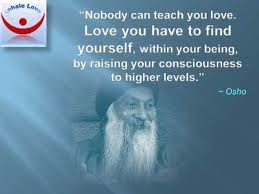The story of Narasimha avatar is well known to all Hindus. Lord Vishnu took the Varaha Avatar to kill Hiranyaksha. To take revenge on Vishnu and in a wish to rule the 3 worlds, Heaven, Earth and Pathala, his brother Hiranyakashipu did penance to please Brahma. Brahma appeared but he refused to give him the boon of immortality. Instead Hiranyakashipu was granted a death wish which was, “not getting killed by humans or animals, not by any weapons, nor in the day or night, not touching earth or sky.”
After securing his death wishes Hiranyakashipu conquered the worlds and became a demon tyrant. He banned all pujas to Lord Vishnu and declared himself a God. He was cruel to his people.
He declared, anyone who prayed to Vishnu would be beheaded, and all should pray to him only. His own son Little Prahlad was an ardent devotee of Maha Vishnu and refused to obey him.
Hiranyakashipu gave the order to kill Prahlada, but at every attempt Vishnu appeared and saved him. This increased the fury of Hiranyakashipu.
One day in the court, Prahlada was brought, and Hiranyakashipu threatened to kill him, if he doesn’t stop reciting “Narayanaya Nama”.
Where is your Narayan? Asked Hiranyakashipu.
“he is everywhere, in the pillars and even in the rust” Prahlad answered. Hiranyakashipu in his rage struck a pillar with his mace, shouting, “Where is your Narayan, let him come out of this pillar.”
The pillar split open with a thundering sound and Vishnu’s Narasimha Avatar took place. He was half human and half lion. He grabbed Hiranyakashipu and kept him on his lap, sitting on a wooden step above the ground. With his lion nails, Narasimha split open the demon king and brought an end to his cruel reign.
It is believed by followers that Narasimha protects his sincere devotees when they are in extreme danger. He is known primarily as the 'Great Protector' who specifically defends and protects his devotees in times of need.
The following Narasimha Stothra recited with devotion helps in speedy recovery from all debts. The repeated lines “Runa Mukthaye “ depicts freedom from debts. It is proven beyond doubt that one will prosper in financial matters….
Narasimha Mantra.




